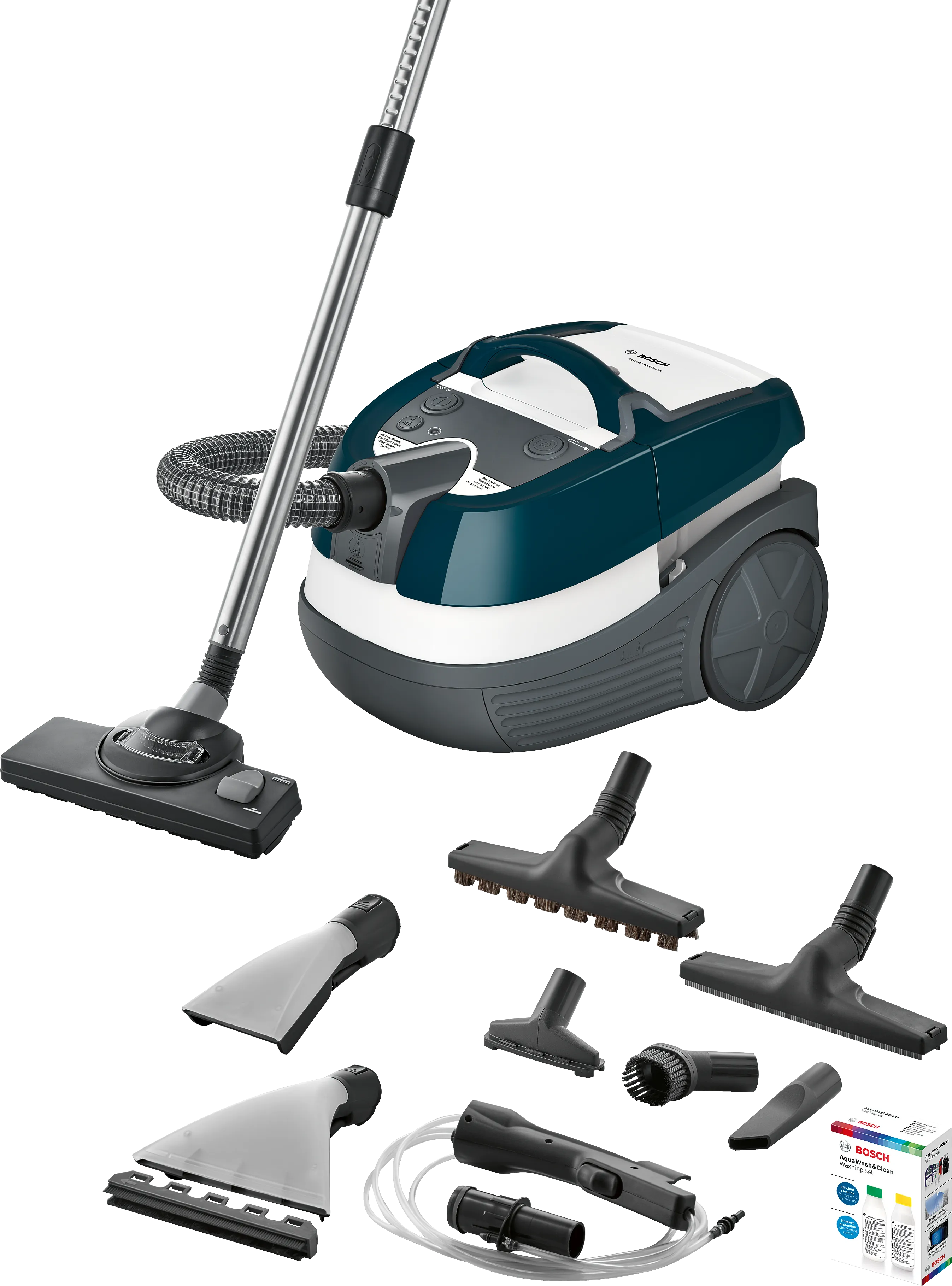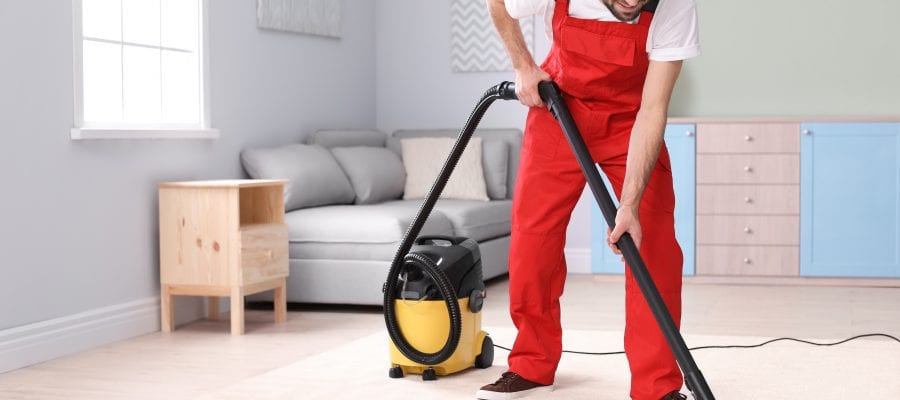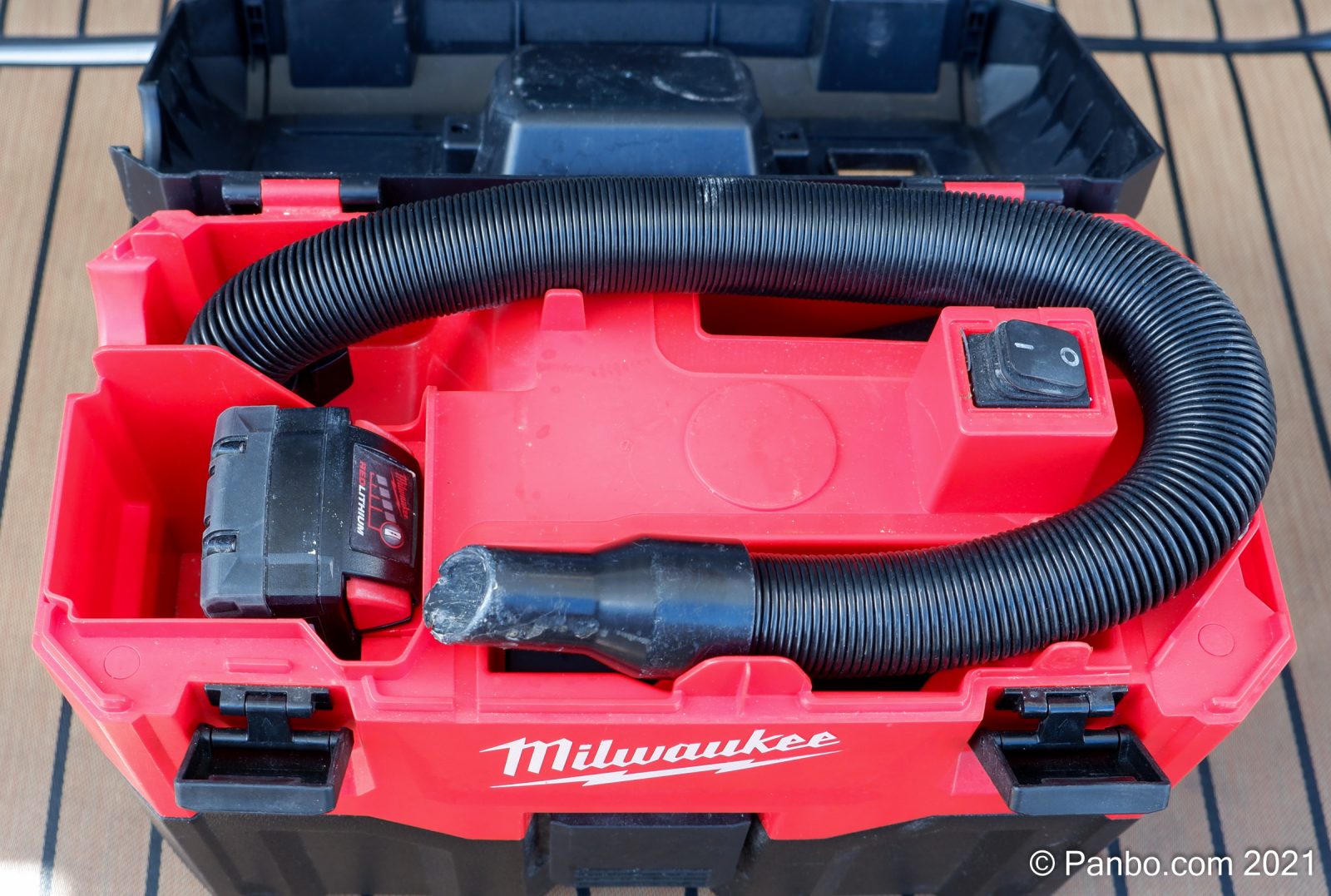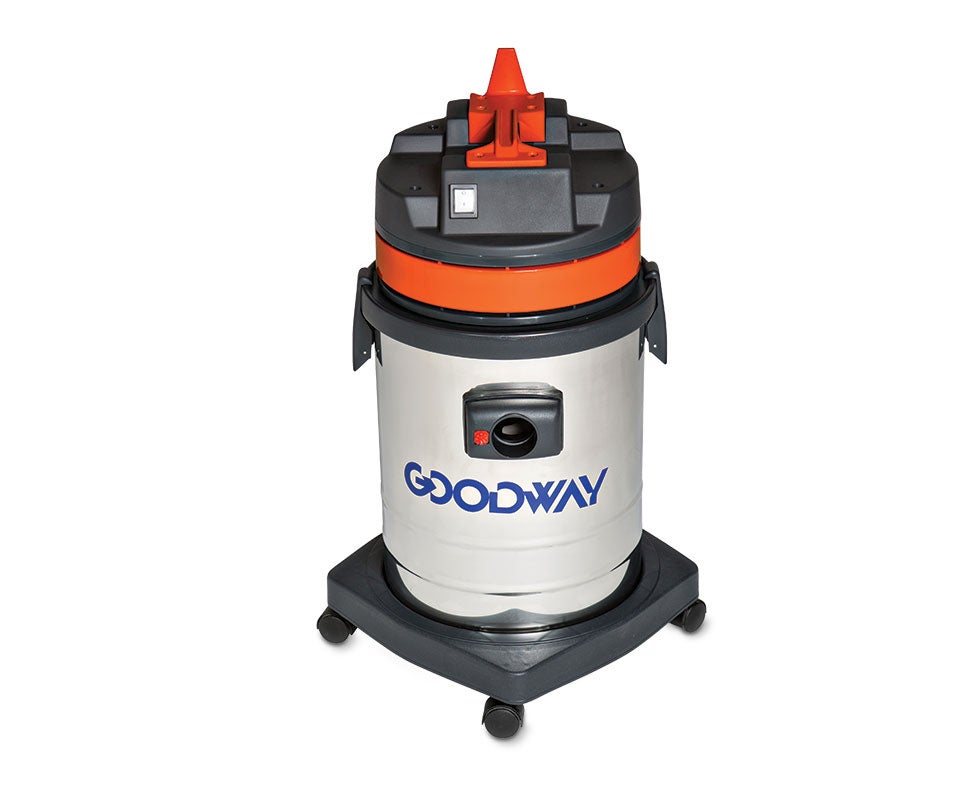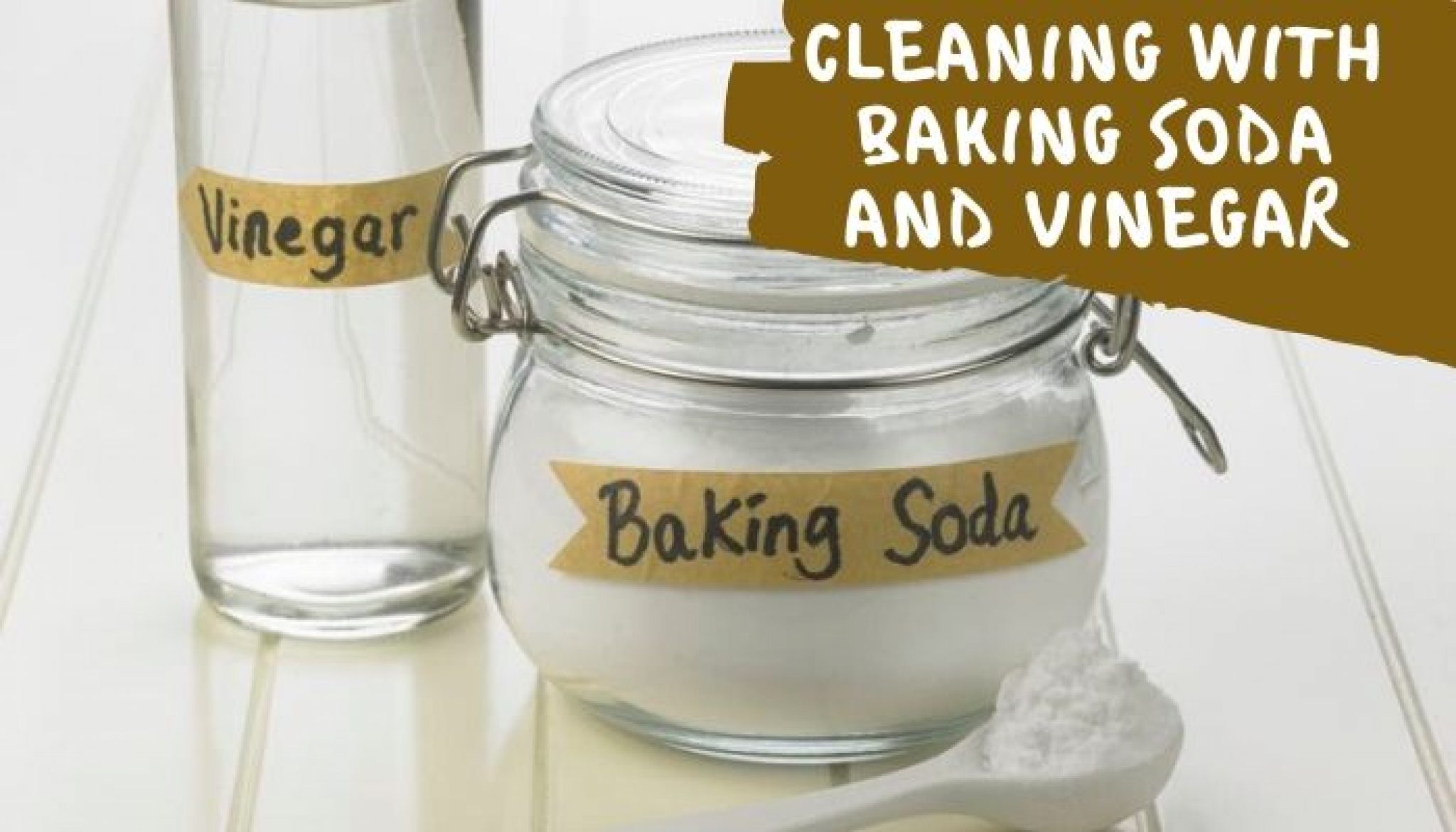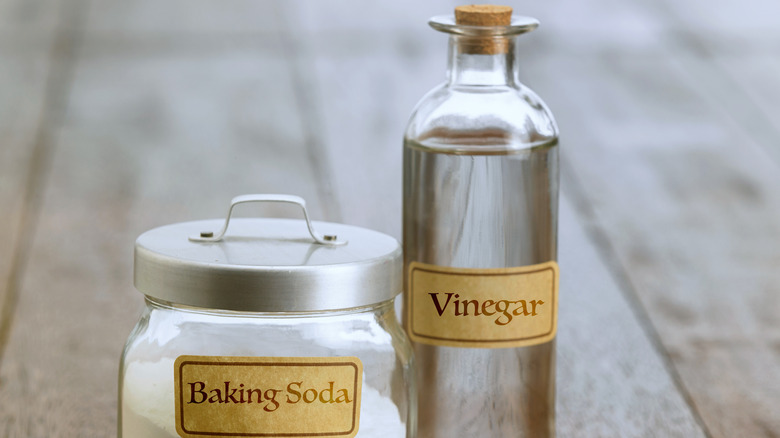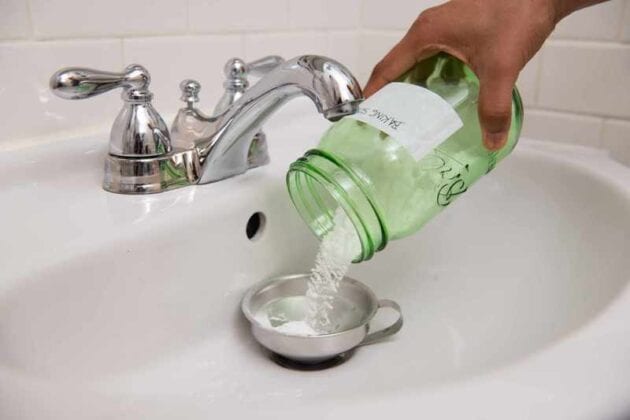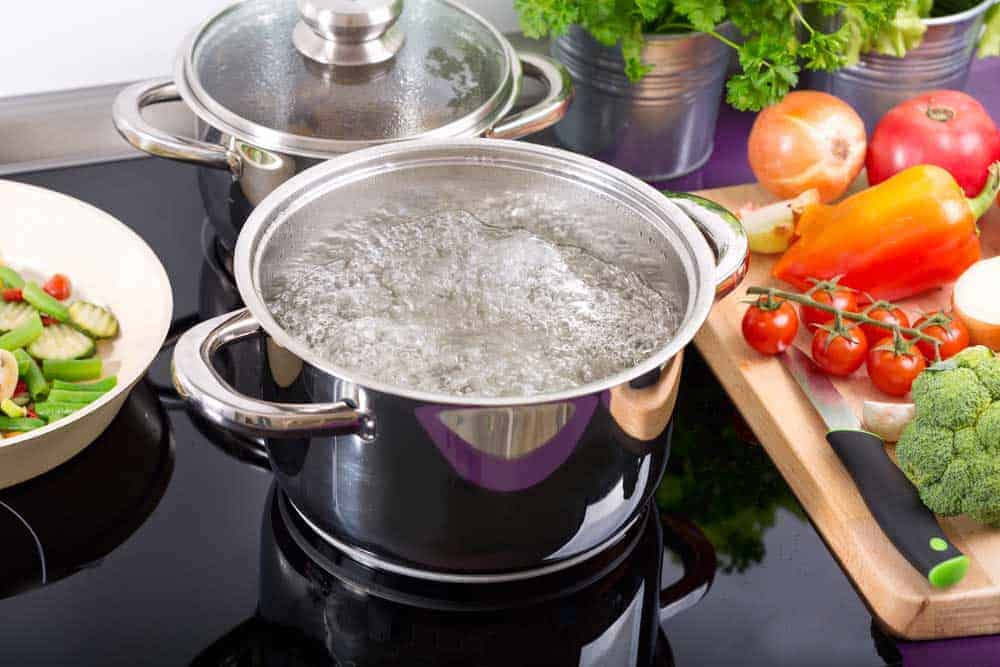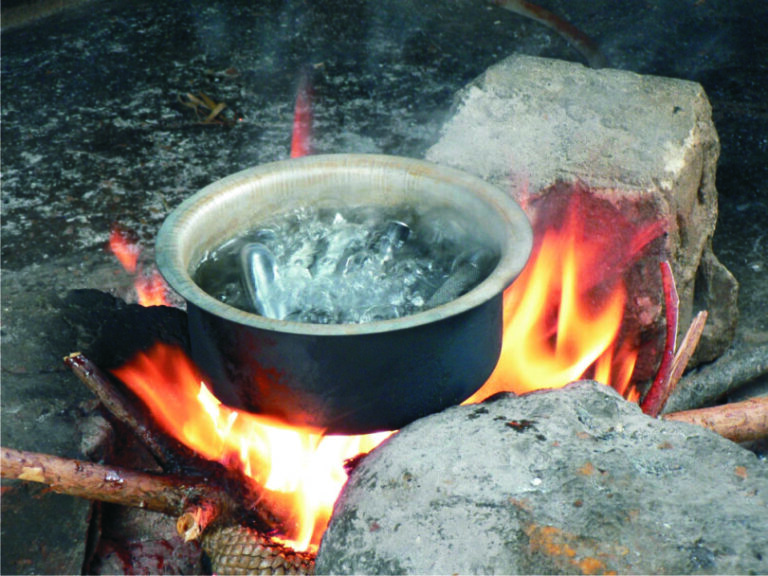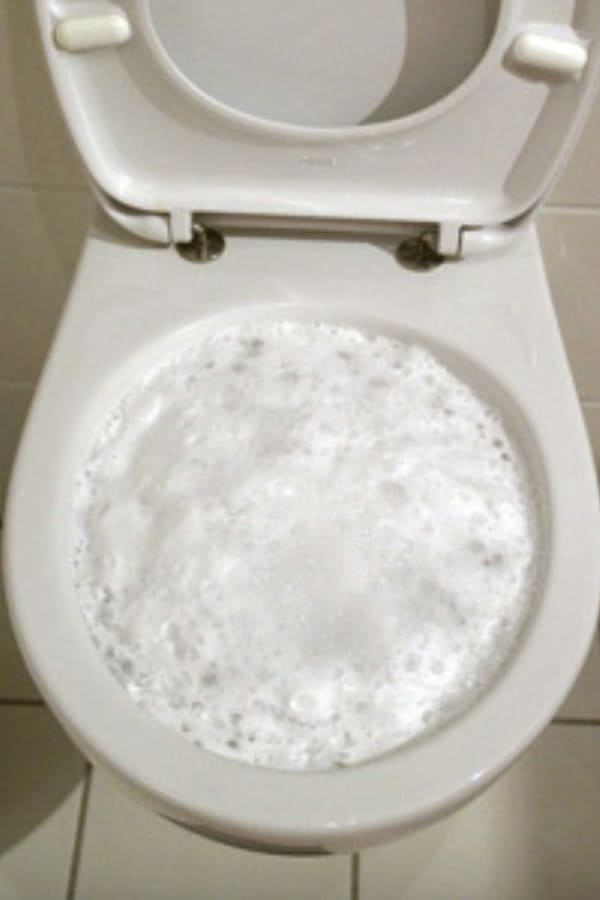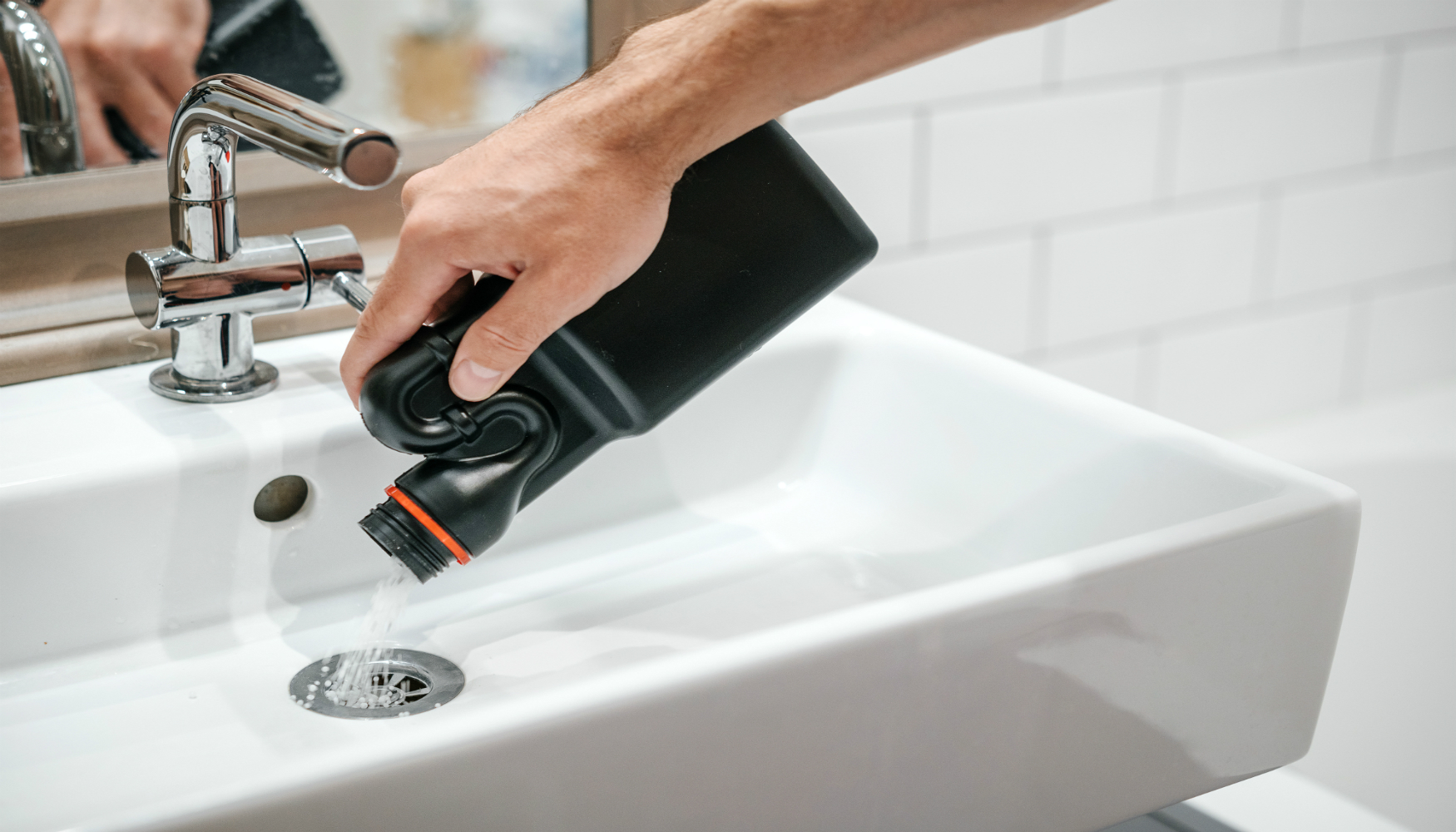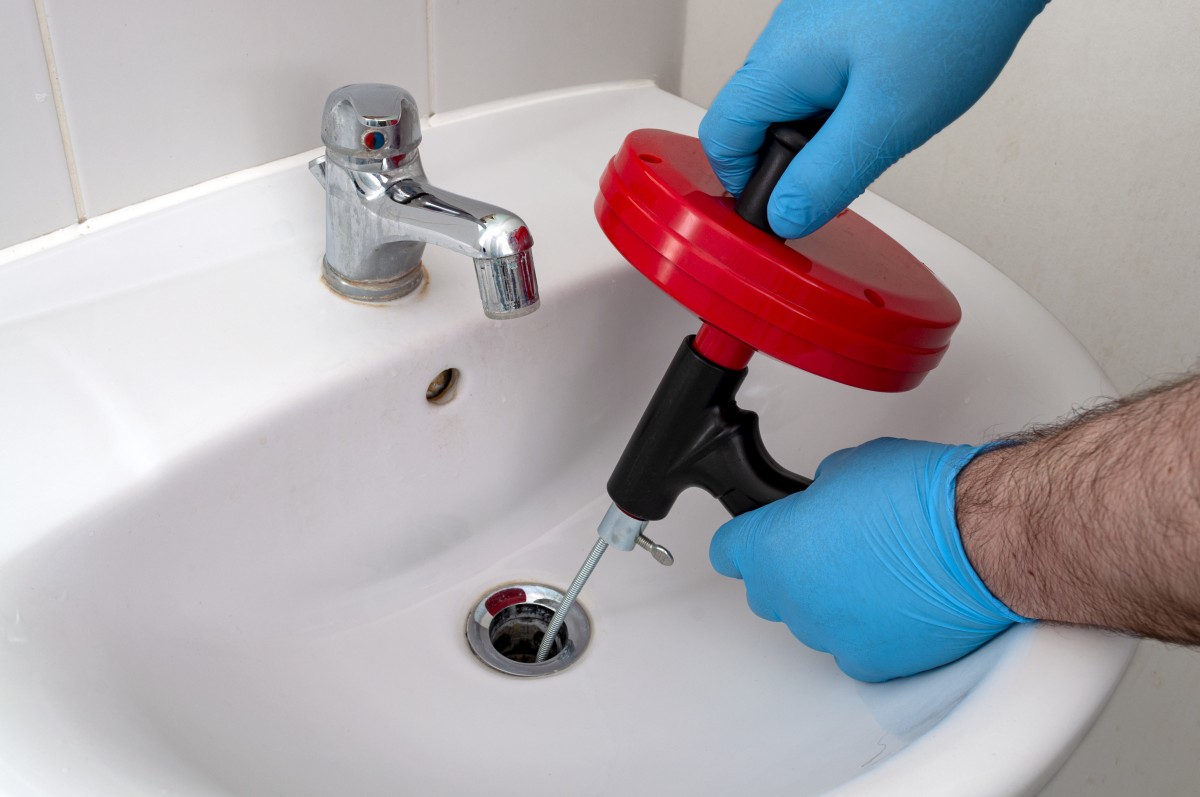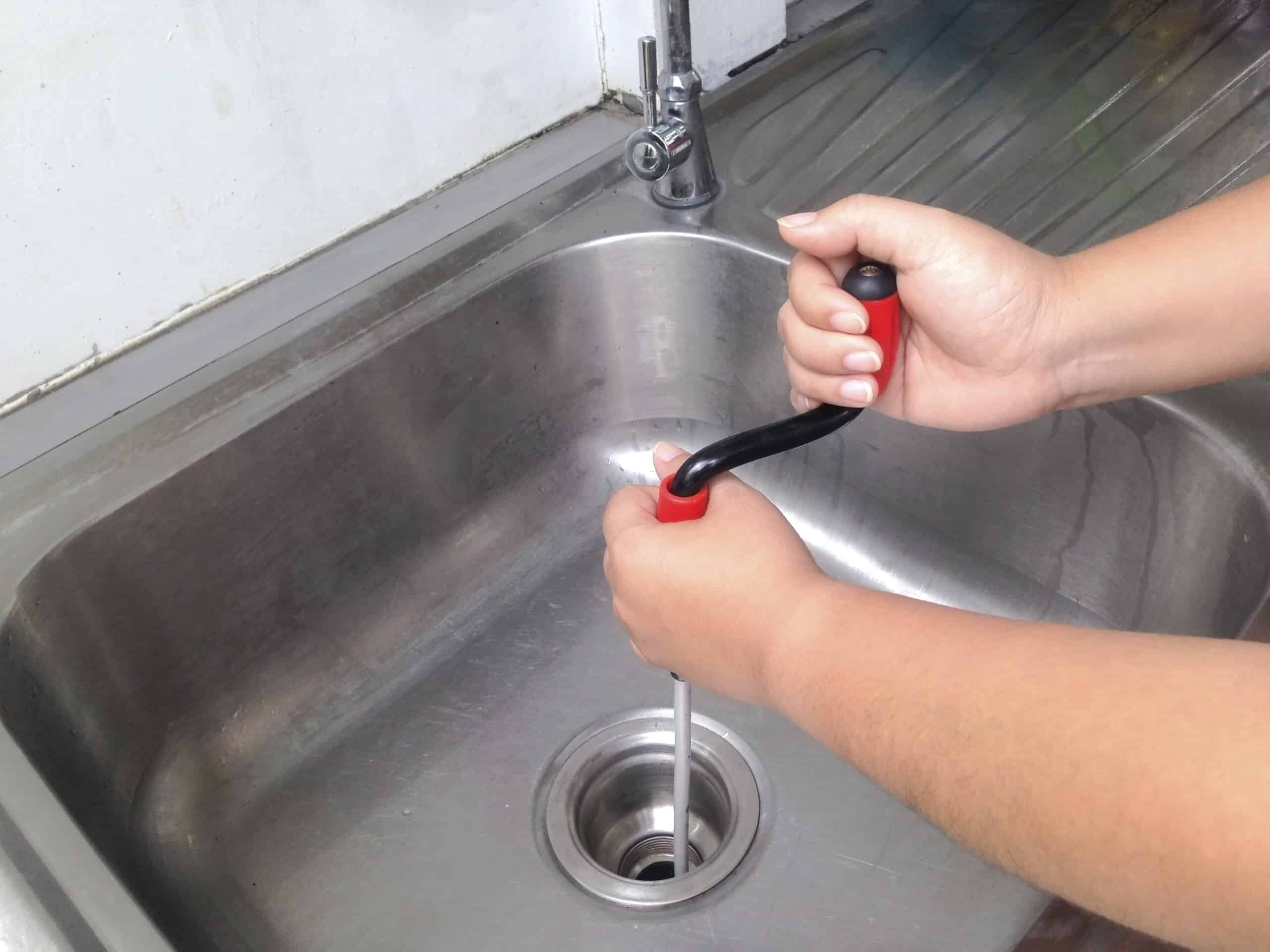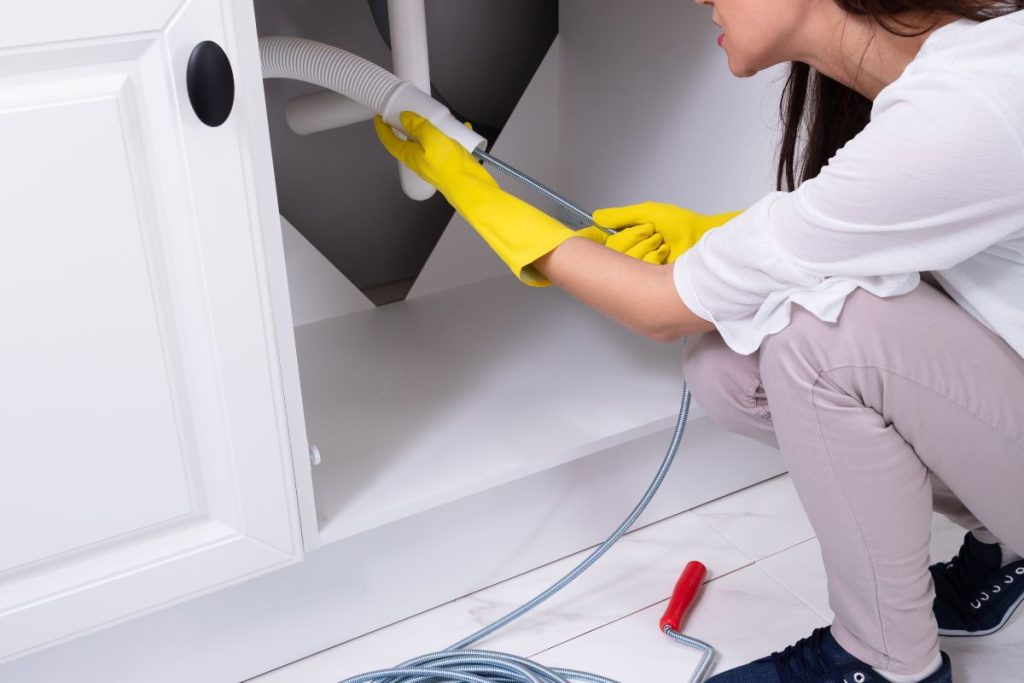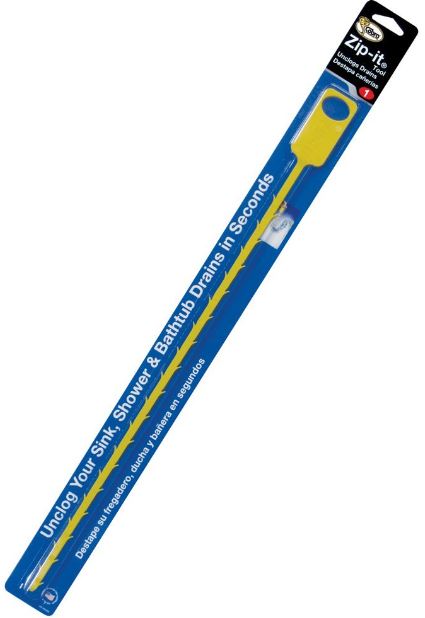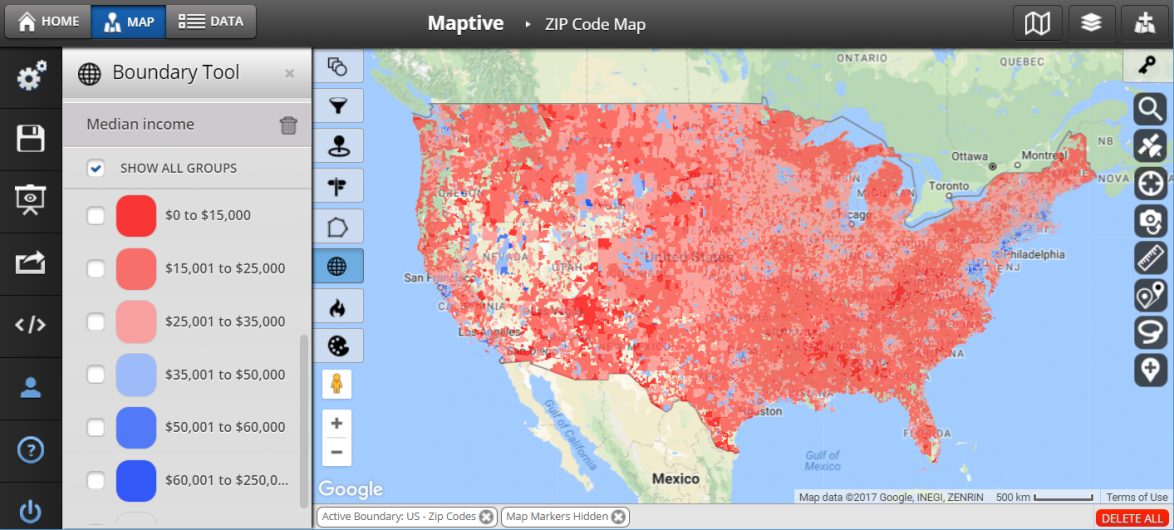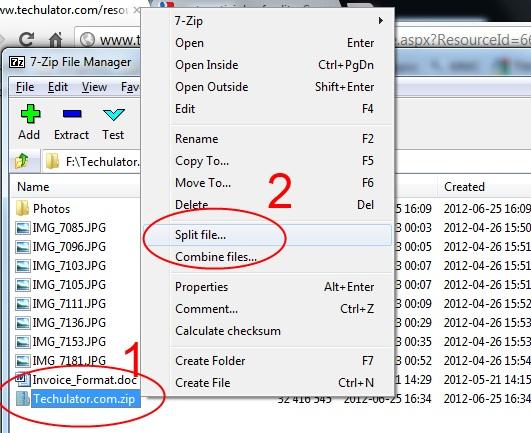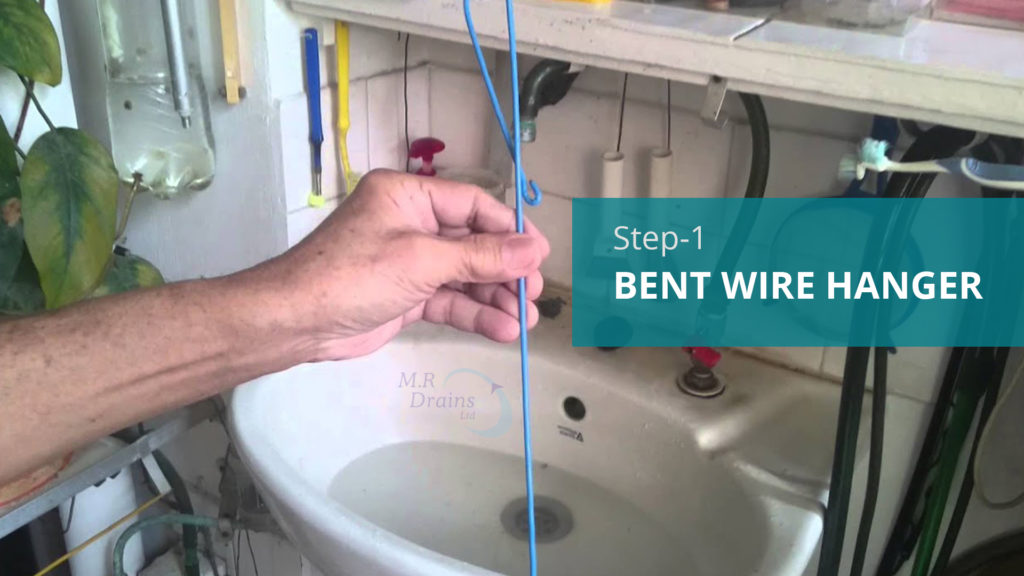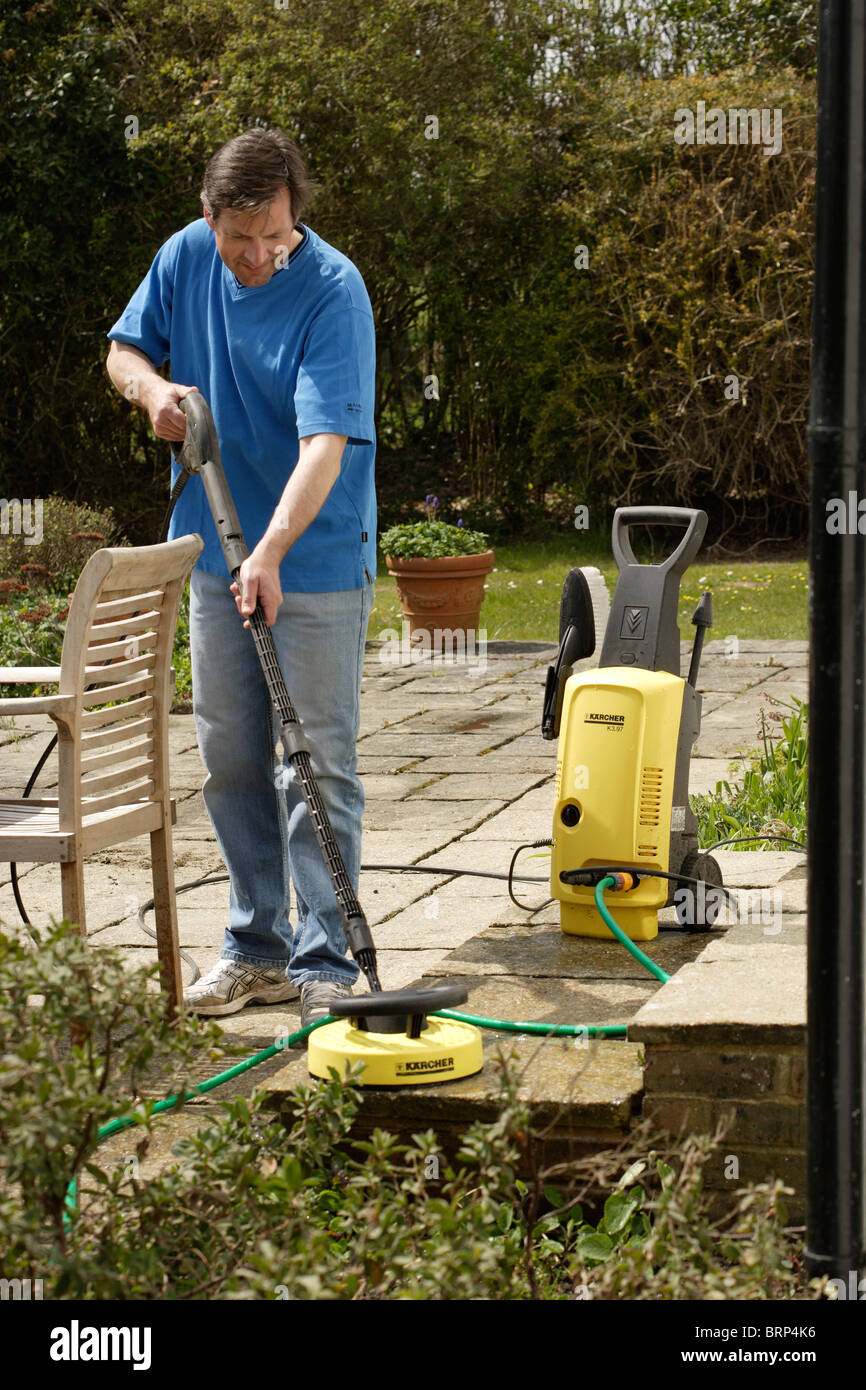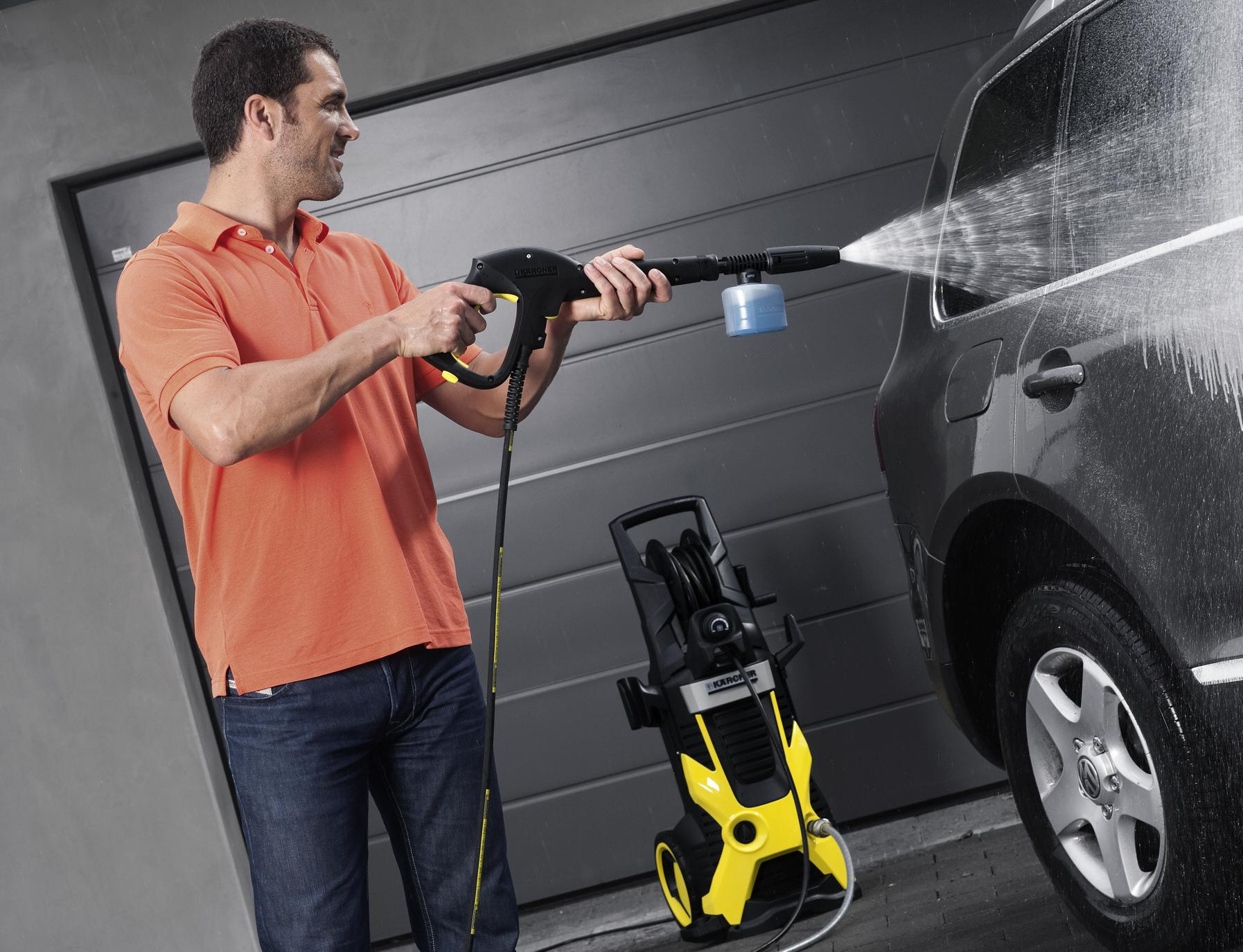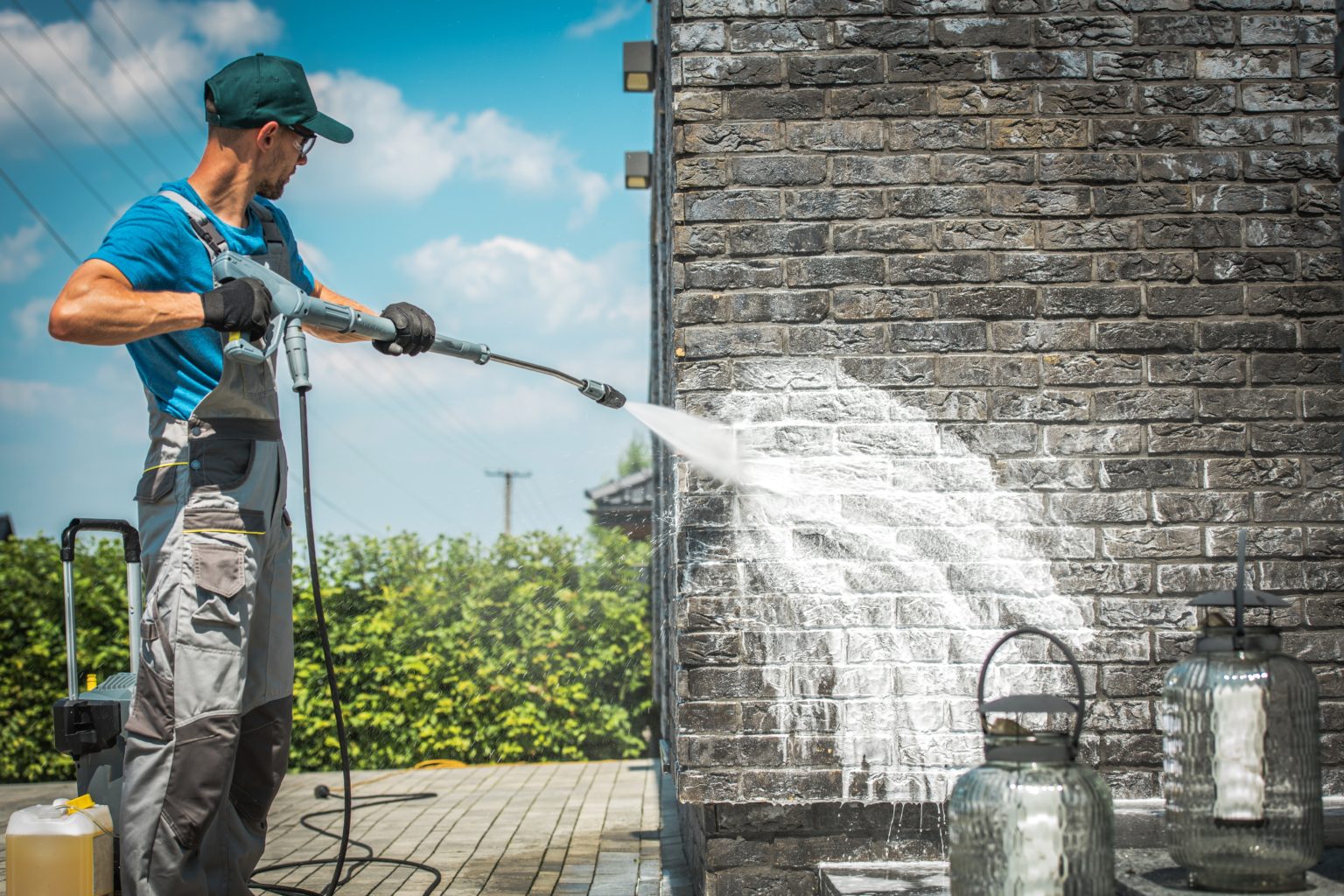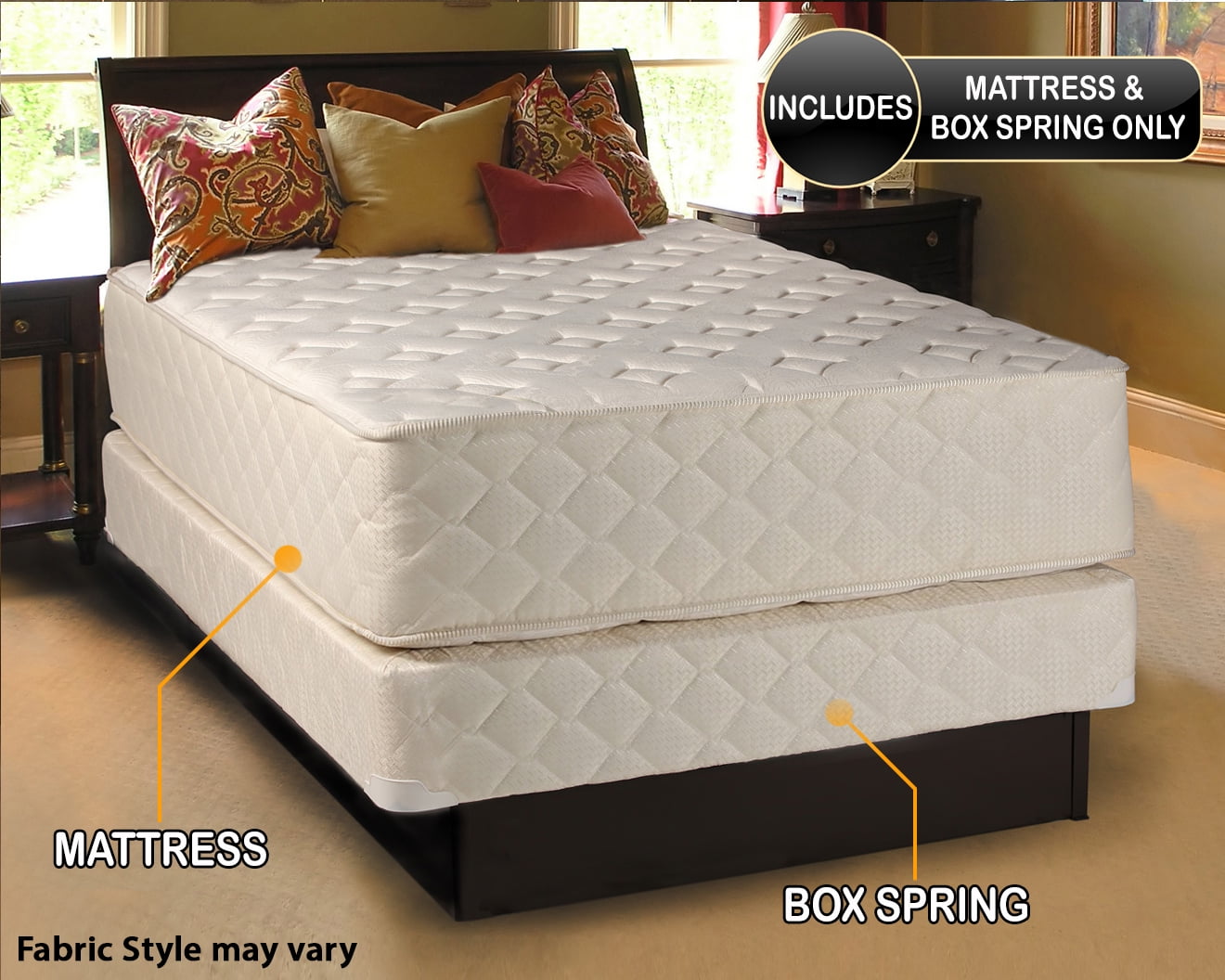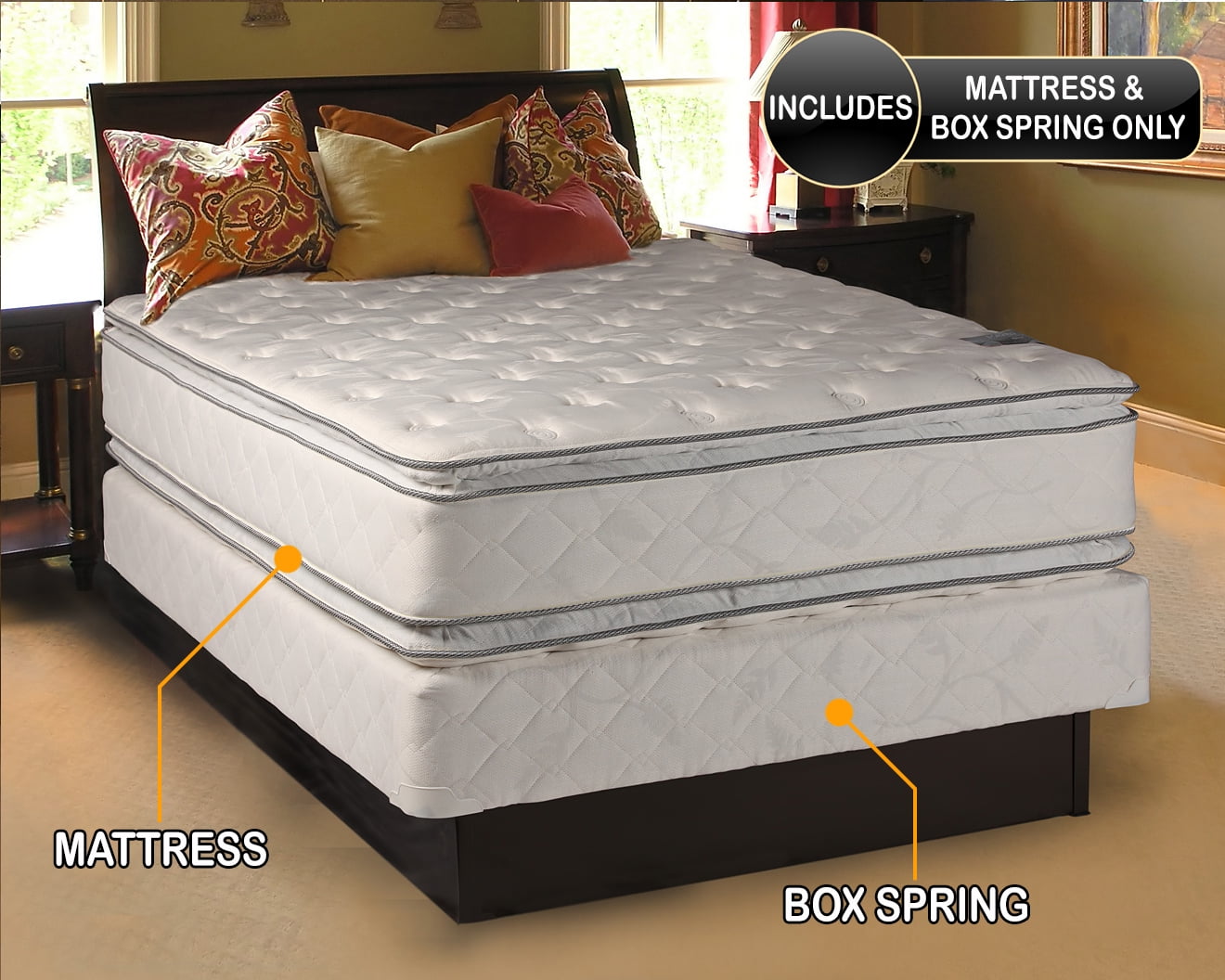Using a Plunger
One of the most common and effective ways to unclog a kitchen sink is by using a plunger. This simple tool uses suction and pressure to dislodge blockages in the pipes. To use a plunger, make sure there is enough water in the sink to cover the rubber suction cup. Place the plunger over the drain and firmly push down and pull up several times. This should create a vacuum that will help to push out the clog. You may need to repeat this process a few times to completely clear the blockage.
Using a Drain Snake
If the plunger doesn't work, you can try using a drain snake. This tool has a long, flexible wire with a spiral auger at the end that can reach deep into the pipes to break up and remove clogs. Insert the auger into the drain and turn it clockwise to hook onto the clog. Then, slowly pull out the snake while still turning it to break up the clog. You may need to repeat this process a few times to completely clear the blockage.
Using a Wet/Dry Vacuum
If you have a wet/dry vacuum, you can use it to remove clogs from your kitchen sink. Start by setting the vacuum to the wet setting and covering the vent to create a strong suction. Place the hose over the drain and turn on the vacuum to suck out the clog. This method works best for smaller blockages and may not be effective for larger clogs or those deeper in the pipes.
Using Baking Soda and Vinegar
If you prefer a more natural approach, you can use a combination of baking soda and vinegar to unclog your kitchen sink. Start by pouring 1/2 cup of baking soda down the drain, followed by 1/2 cup of white vinegar. The chemical reaction between the two will create a foaming action that can help to break up clogs. Let the mixture sit for about 15 minutes, then pour boiling water down the drain to flush out the clog.
Using Boiling Water
In some cases, simply pouring boiling water down the drain can be enough to clear a clog. This method works best for clogs caused by grease or oil buildup. Boil a pot of water and carefully pour it down the drain in 2-3 stages, allowing time for the water to work its way through the pipes. Be cautious when handling boiling water and make sure to wear protective gloves.
Using a Chemical Drain Cleaner
If other methods have failed, you can try using a chemical drain cleaner to dissolve the clog. These products contain harsh chemicals that can break down and remove obstructions in the pipes. However, they can also be harmful to your pipes and the environment, so use them sparingly and follow the instructions carefully. It's also important to avoid mixing different types of drain cleaners, as this can create dangerous chemical reactions.
Using a Plumbing Snake
If you have a particularly stubborn clog, you may need to use a plumbing snake. These long, flexible augers can reach deep into the pipes to break up and remove tough blockages. Insert the snake into the drain and turn it clockwise to hook onto the clog. Then, slowly pull out the snake while still turning it to break up the clog. This method may require some strength and patience, but it can be very effective.
Using a Zip-It Tool
A zip-it tool is a small, flexible plastic wand with barbed edges that can be inserted into the drain to remove hair and other debris. Simply insert the tool into the drain and pull it out to remove any clogs. This method is best for smaller blockages and may not be effective for larger clogs or those deeper in the pipes.
Using a Bent Wire Hanger
If you don't have a plumbing snake or zip-it tool, you can create your own DIY tool using a bent wire hanger. Straighten out the hanger and bend one end into a small hook. Insert the hook into the drain and use it to pull out any debris or clogs. This method may require some trial and error, but it can be effective for smaller blockages.
Using a Pressure Washer
If all else fails, you can try using a pressure washer to unclog your kitchen sink. This method is best for outdoor sinks or those with access to a hose. Use a pressure washer with a nozzle designed for unclogging drains and insert it into the drain. Turn on the pressure washer and slowly push it forward to break up and remove the clog. Be cautious when using a pressure washer, as it can be powerful and may cause damage to your pipes if used incorrectly.
Benefits of Using Water Pressure to Unclog a Kitchen Sink

Efficiency
 Using water pressure to unclog a kitchen sink is an efficient and quick method to clear any blockages. Most household sinks have a u-shaped pipe, known as a P-trap, which is designed to trap any debris and prevent it from entering the main sewer line. Over time, this P-trap can become clogged with food scraps, grease, and other debris, causing slow draining or complete blockage. With the use of water pressure, the force of the water can dislodge and push through any blockages, clearing the P-trap and restoring proper drainage.
Using water pressure to unclog a kitchen sink is an efficient and quick method to clear any blockages. Most household sinks have a u-shaped pipe, known as a P-trap, which is designed to trap any debris and prevent it from entering the main sewer line. Over time, this P-trap can become clogged with food scraps, grease, and other debris, causing slow draining or complete blockage. With the use of water pressure, the force of the water can dislodge and push through any blockages, clearing the P-trap and restoring proper drainage.
Cost-Effective
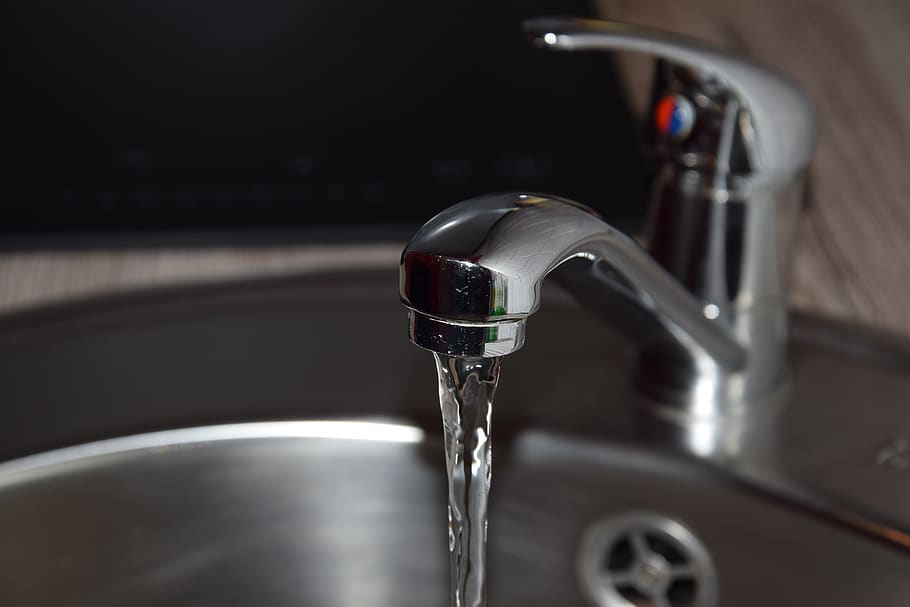 One of the main benefits of using water pressure to unclog a kitchen sink is its cost-effectiveness. Unlike using harsh chemicals or calling a plumber, this method requires minimal tools and materials. All you need is a plunger and hot water, making it a budget-friendly option for homeowners. Additionally, it eliminates the need for expensive plumbing services, saving you time and money.
One of the main benefits of using water pressure to unclog a kitchen sink is its cost-effectiveness. Unlike using harsh chemicals or calling a plumber, this method requires minimal tools and materials. All you need is a plunger and hot water, making it a budget-friendly option for homeowners. Additionally, it eliminates the need for expensive plumbing services, saving you time and money.
Eco-Friendly
 Chemical drain cleaners can be harmful to the environment, as well as your pipes. The harsh chemicals can corrode and damage your pipes, leading to costly repairs. Using water pressure, on the other hand, is a natural and eco-friendly method for unclogging your kitchen sink. It does not involve the use of any harmful chemicals, making it a safe and environmentally-friendly option for maintaining your plumbing.
Chemical drain cleaners can be harmful to the environment, as well as your pipes. The harsh chemicals can corrode and damage your pipes, leading to costly repairs. Using water pressure, on the other hand, is a natural and eco-friendly method for unclogging your kitchen sink. It does not involve the use of any harmful chemicals, making it a safe and environmentally-friendly option for maintaining your plumbing.
Preventative Maintenance
 Regularly using water pressure to unclog your kitchen sink can also serve as preventative maintenance. By keeping your P-trap clear of any debris, you are preventing future clogs from occurring. This can save you from having to deal with more severe blockages and potential plumbing emergencies in the future.
Regularly using water pressure to unclog your kitchen sink can also serve as preventative maintenance. By keeping your P-trap clear of any debris, you are preventing future clogs from occurring. This can save you from having to deal with more severe blockages and potential plumbing emergencies in the future.
Conclusion
:max_bytes(150000):strip_icc()/freshen-and-unclog-drain-with-baking-soda-1900466-22-bbf940b70afa4d5abef0c54da23b1d3f.jpg) In conclusion, using water pressure to unclog a kitchen sink is a simple, efficient, and cost-effective method for maintaining your plumbing. It is also a safe and eco-friendly option that can serve as preventative maintenance for your P-trap. By incorporating this method into your regular household cleaning routine, you can ensure that your kitchen sink remains clear and functioning properly.
In conclusion, using water pressure to unclog a kitchen sink is a simple, efficient, and cost-effective method for maintaining your plumbing. It is also a safe and eco-friendly option that can serve as preventative maintenance for your P-trap. By incorporating this method into your regular household cleaning routine, you can ensure that your kitchen sink remains clear and functioning properly.

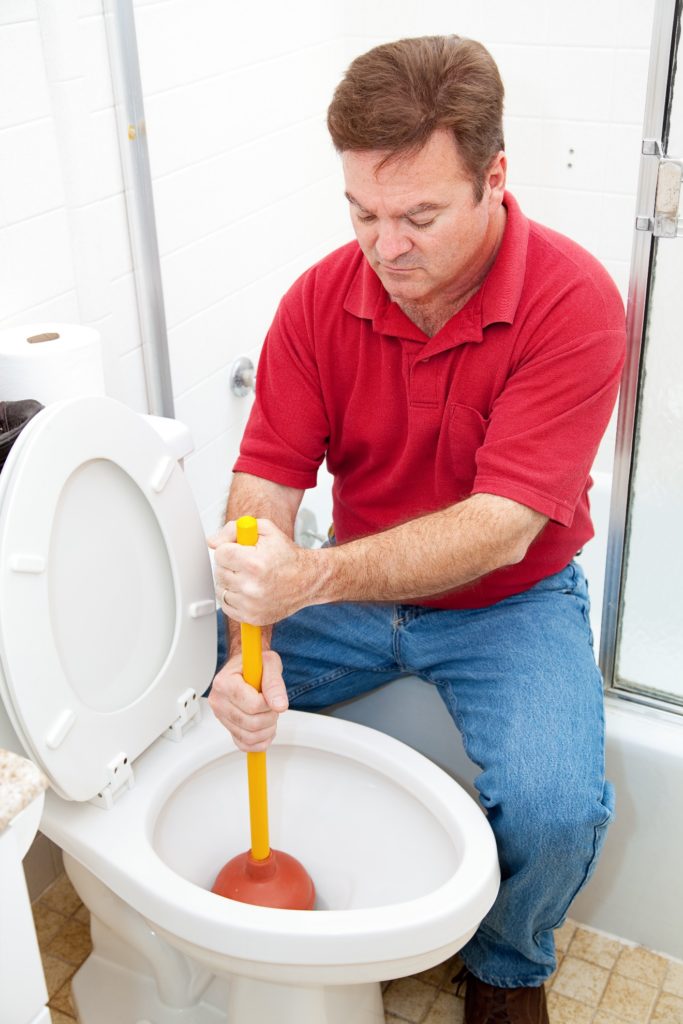






:max_bytes(150000):strip_icc()/woman-wearing-yellow-washing-up-gloves-to-unblock-sink-using-plunger-close-up-131987463-5887cfc03df78c2ccd92ec9e.jpg)


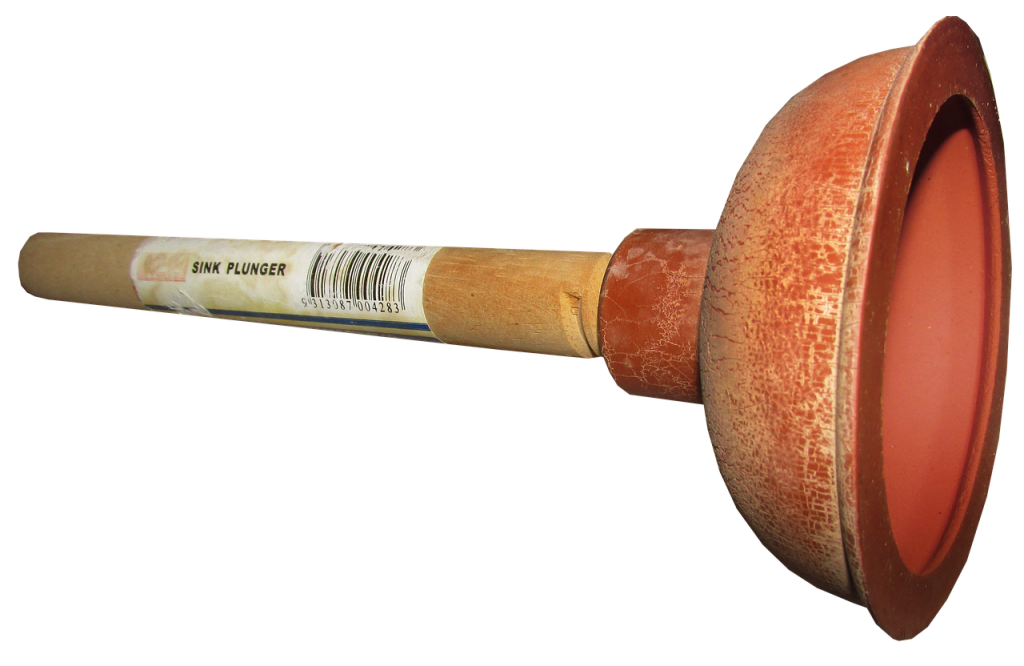
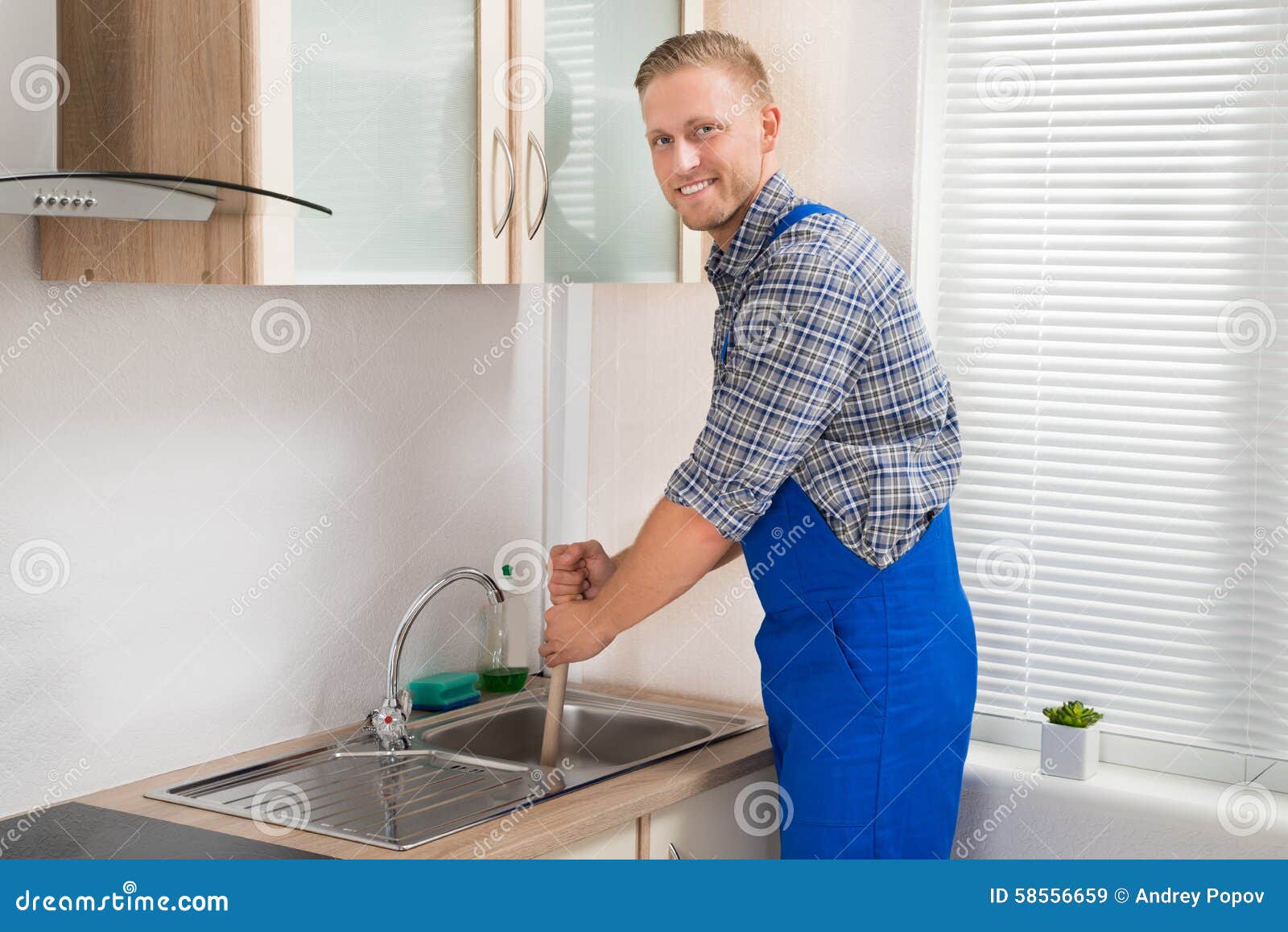
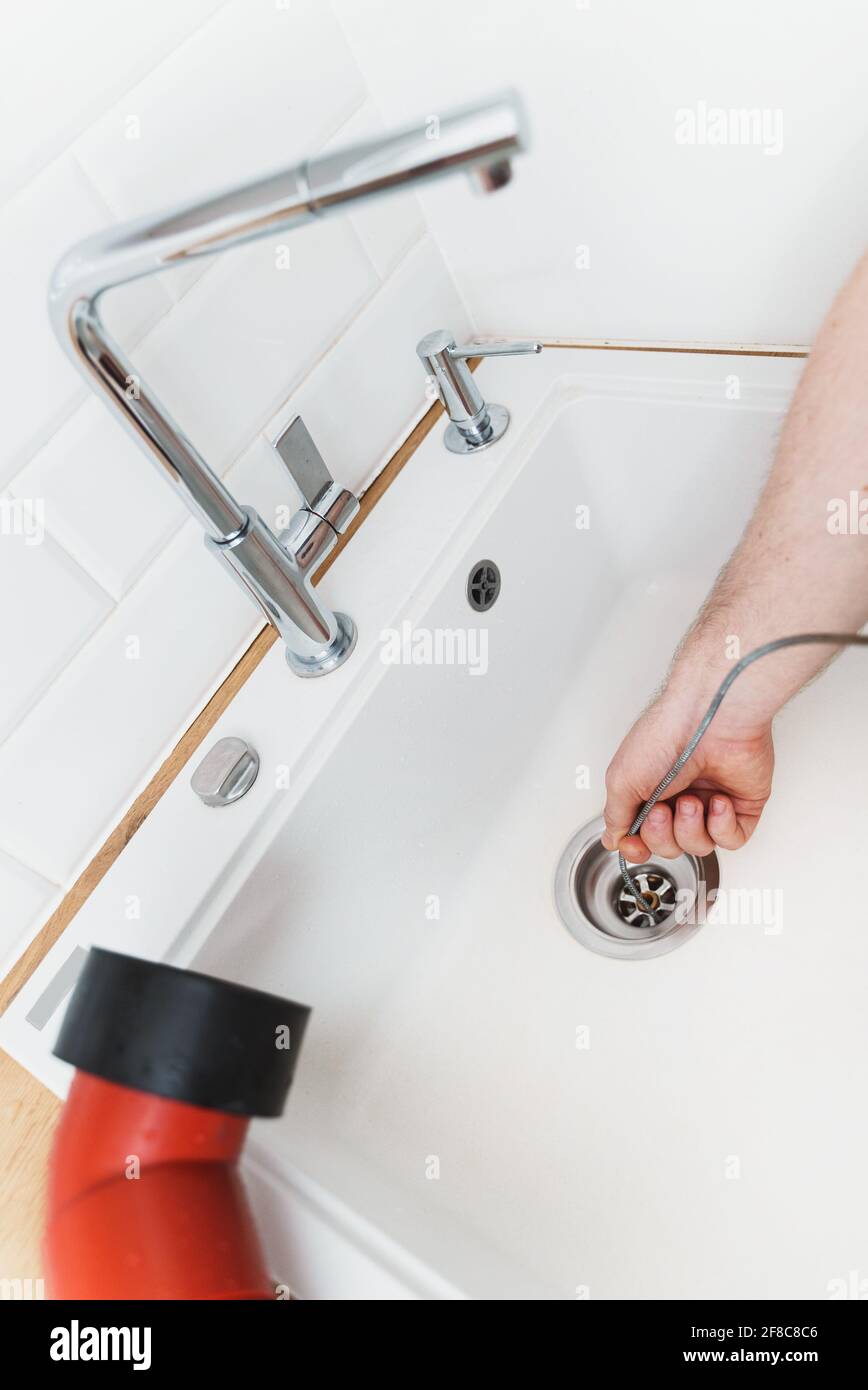
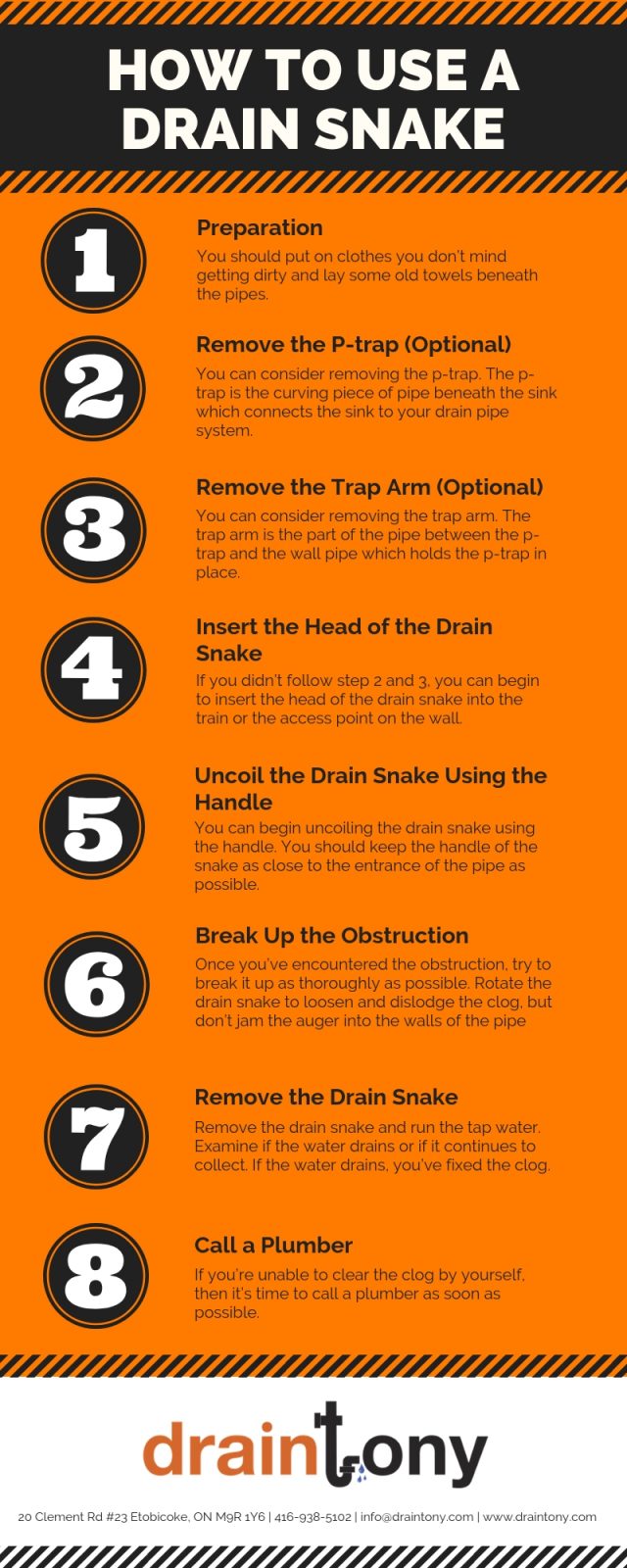
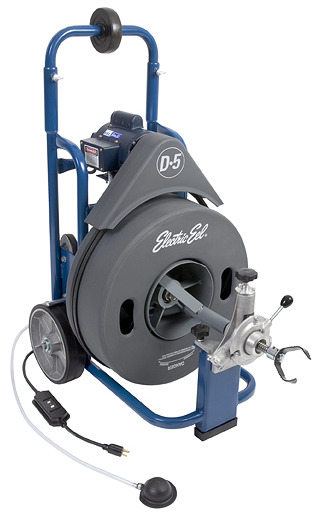
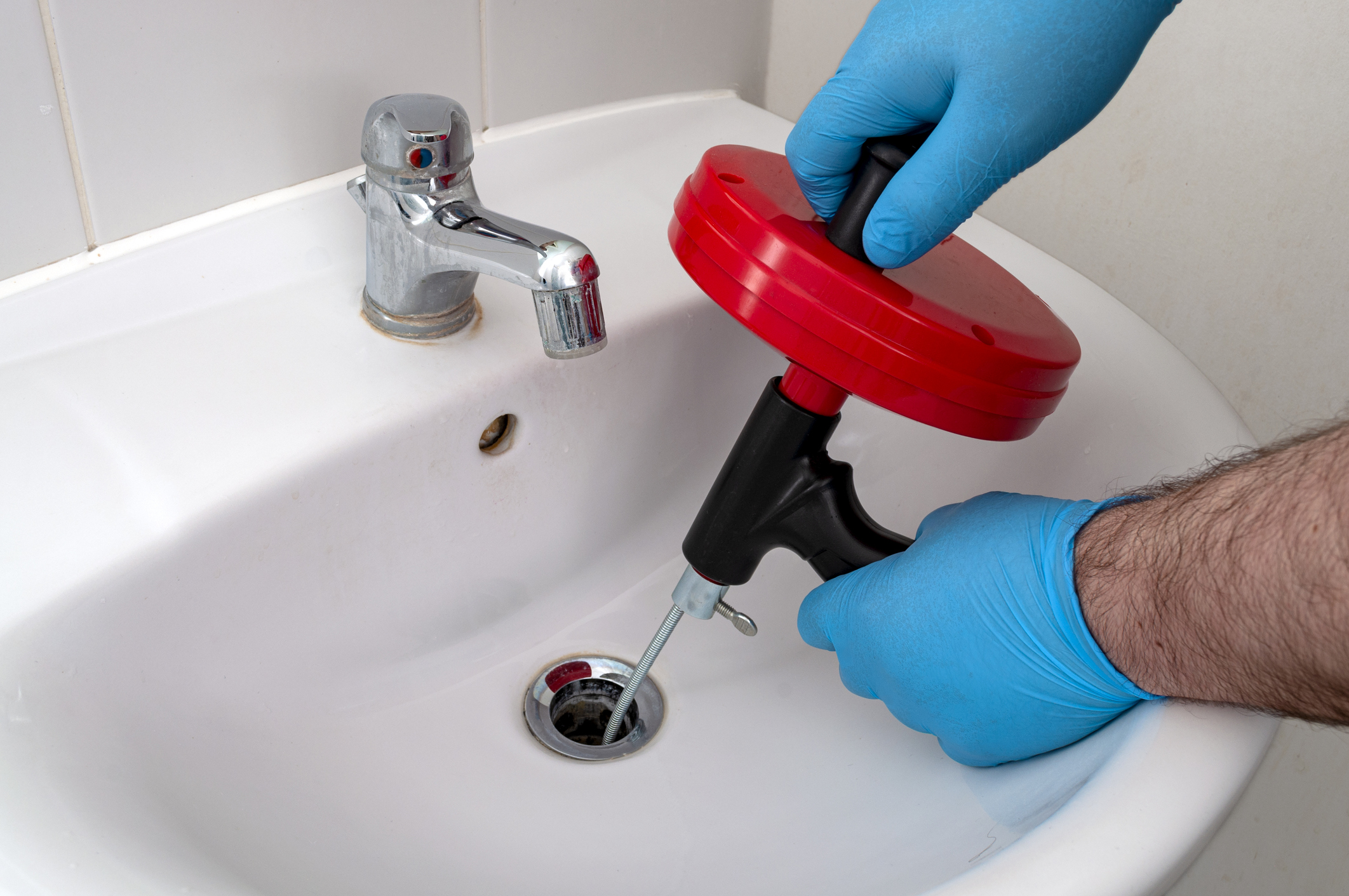



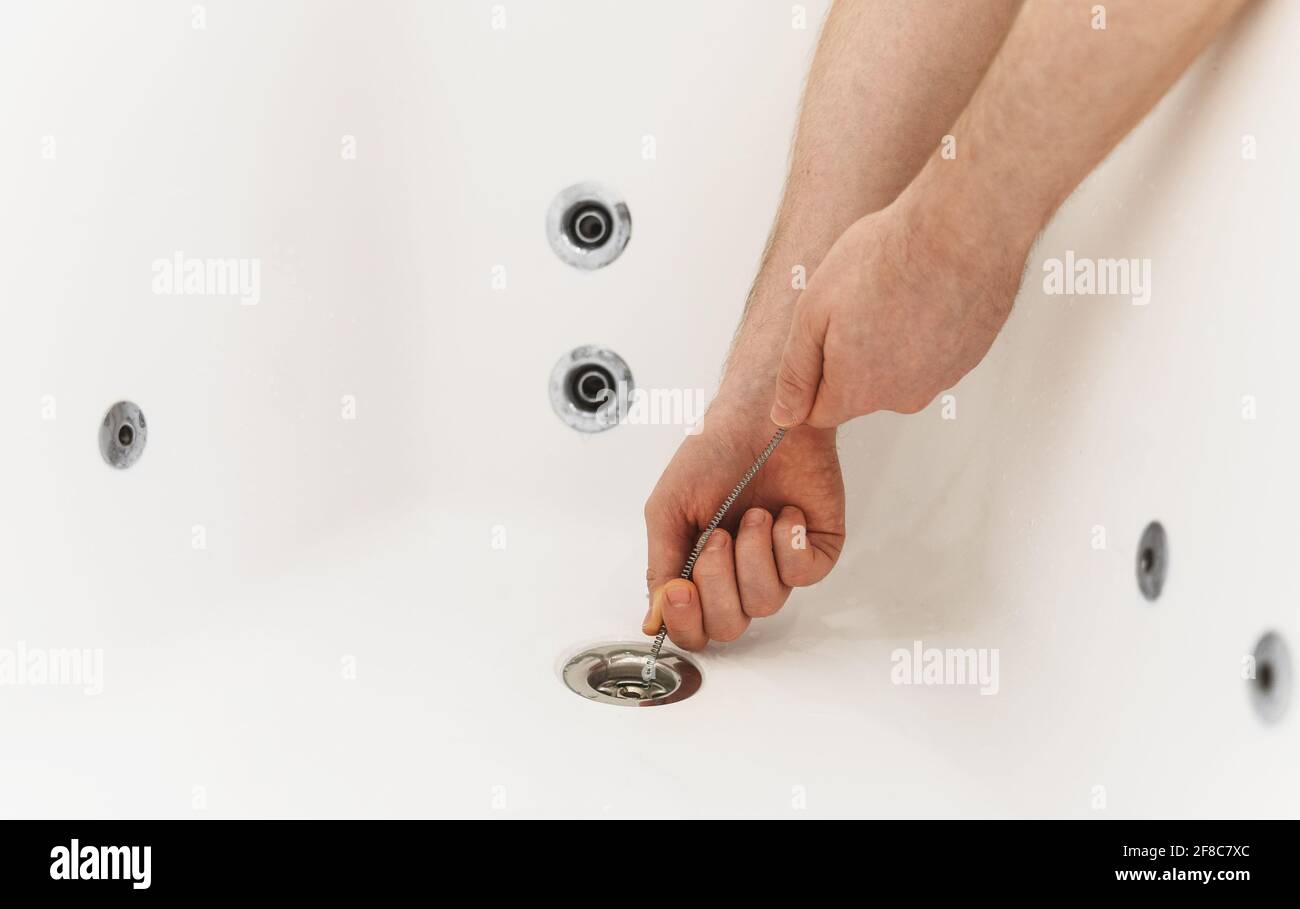

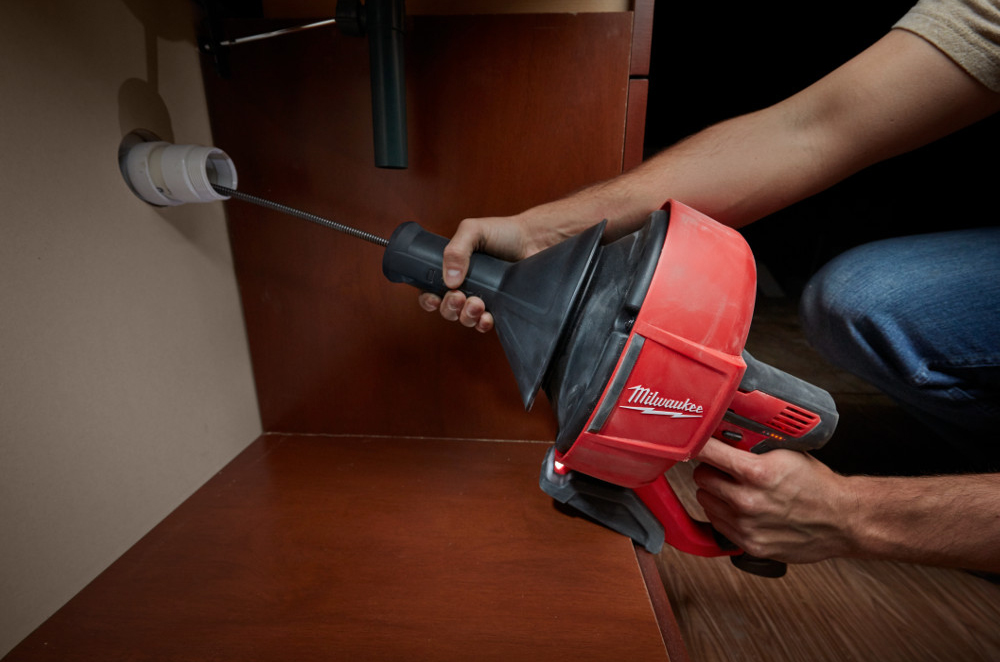
:max_bytes(150000):strip_icc()/610ysksqc7L._SL1200_-5730e00d5f9b58c34cad5329.jpg)


